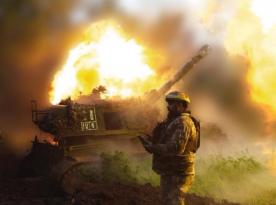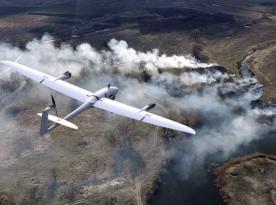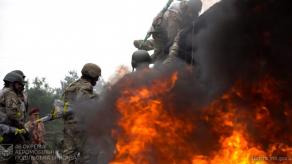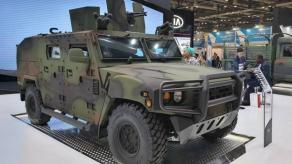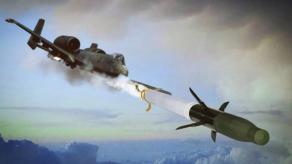During the storming of Bakhmut, russian occupiers switched to the "Syrian" tactic, that is, they tried to use artillery to demolish high-rise buildings and other objects that Ukraine’s defenders could rely on when defending the city. At the same time, russians also decided to engage groups of russian paratroopers who would replace the Wagner assault groups, which had previously suffered heavy losses.
In fact, when planning the war against Ukraine, russians expected completely different way to wage the war: their troops were expected to quickly take important cities that would serve as "strongholds" for further offensives.
Read more: Danish Caesar Howitzers Have an Important Distinction From French Version, and Ukrainians Will Be the First to Compare on Battlefield
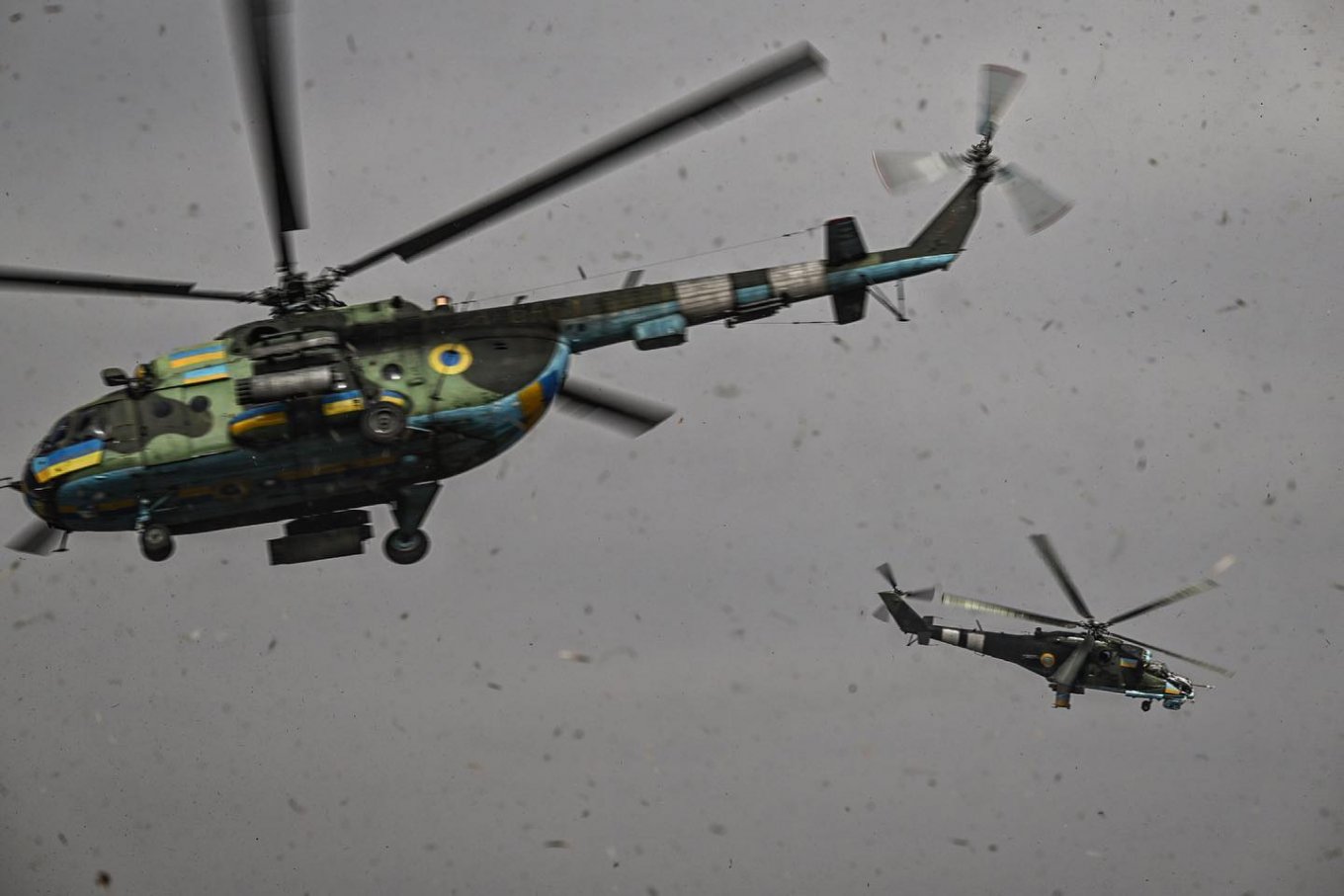
Based on the experience of own troops and units of Bashar al-Assad regime during 2015-2017, russian army command concluded that they lack properly trained infantry and officers, a sufficient number of means of communication and means of high-precision destruction for effective actions in an urbanized area. Also, there were not enough means for the formation of situational awareness and most importantly, there was a lack of a coherent doctrine that would combine all of the above into a single whole as a tool for conducting successful battles in cities.
At first glance, russian military has done a proper work on mistakes and has formed a doctrine of combat operations in an urbanized area. In particular, russians predicted that cities should be stormed only in close contact with mechanized units and artillery, with close air support, while UAVs would provide situational awareness for attacking units.
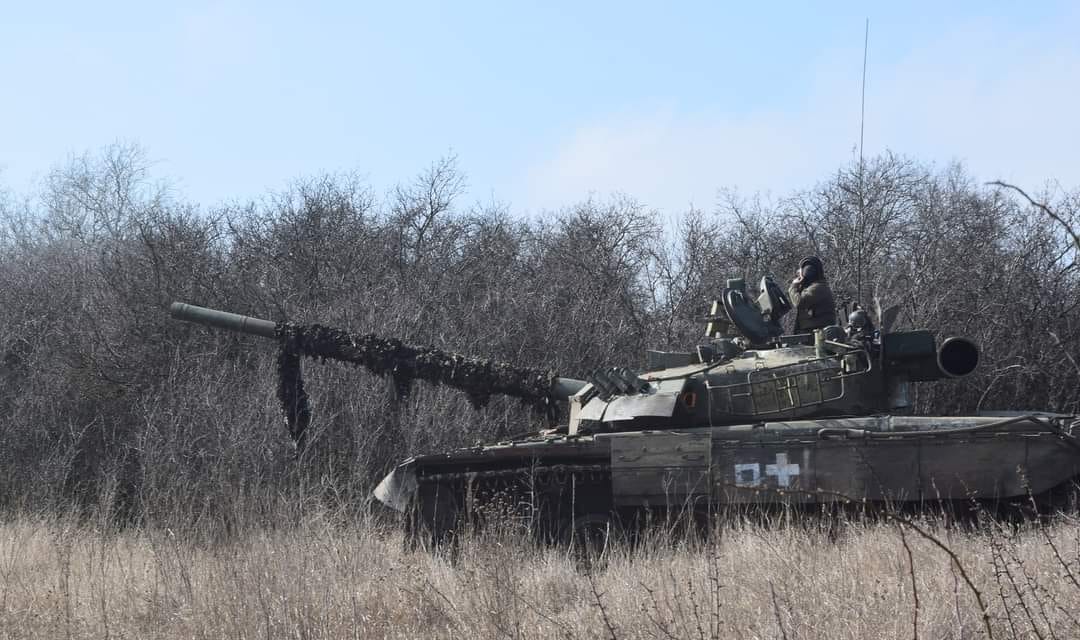
Russia has thought out two formats of actions in an urbanized area: a "classic" assault - when an important city is surrounded, then the troops enter to storm it. The isolation of the combat area is carried out by mixed air groups on Ka-52 and Su-25 aircraft, optionally they apply remote mining systems, in order to prevent the approach of reinforcements from enemy troops.
"On paper" everything was smooth, but the doctrine creators did not take into account at least two points. The first is that its application would require a high level of initiative from the commanders, which is not characteristic of the russian army. Secondly, creators of this doctrine did not count an approximate limit on time or levels of losses, how long a "typical" operation to storm at least a district center should last. Therefore, we got the following result.

Judging by data from open sources, russians managed to seize Kherson and Melitopol using the "break-in-assault" method, which ensured a relatively quick result in conditions when Ukraine’s defense forces were still at the stage of mobilization deployment.
The enemy captured Mariupol using the classical assault method with three months of bloody battles, which russians apparently did not expect. Otherwise, they would not have conducted a chaotic forced mobilization in the temporarily occupied regions of Donetsk and Luhansk in order to pelt cannon fodder on the positions of Ukraine’s defenders in Mariupol.
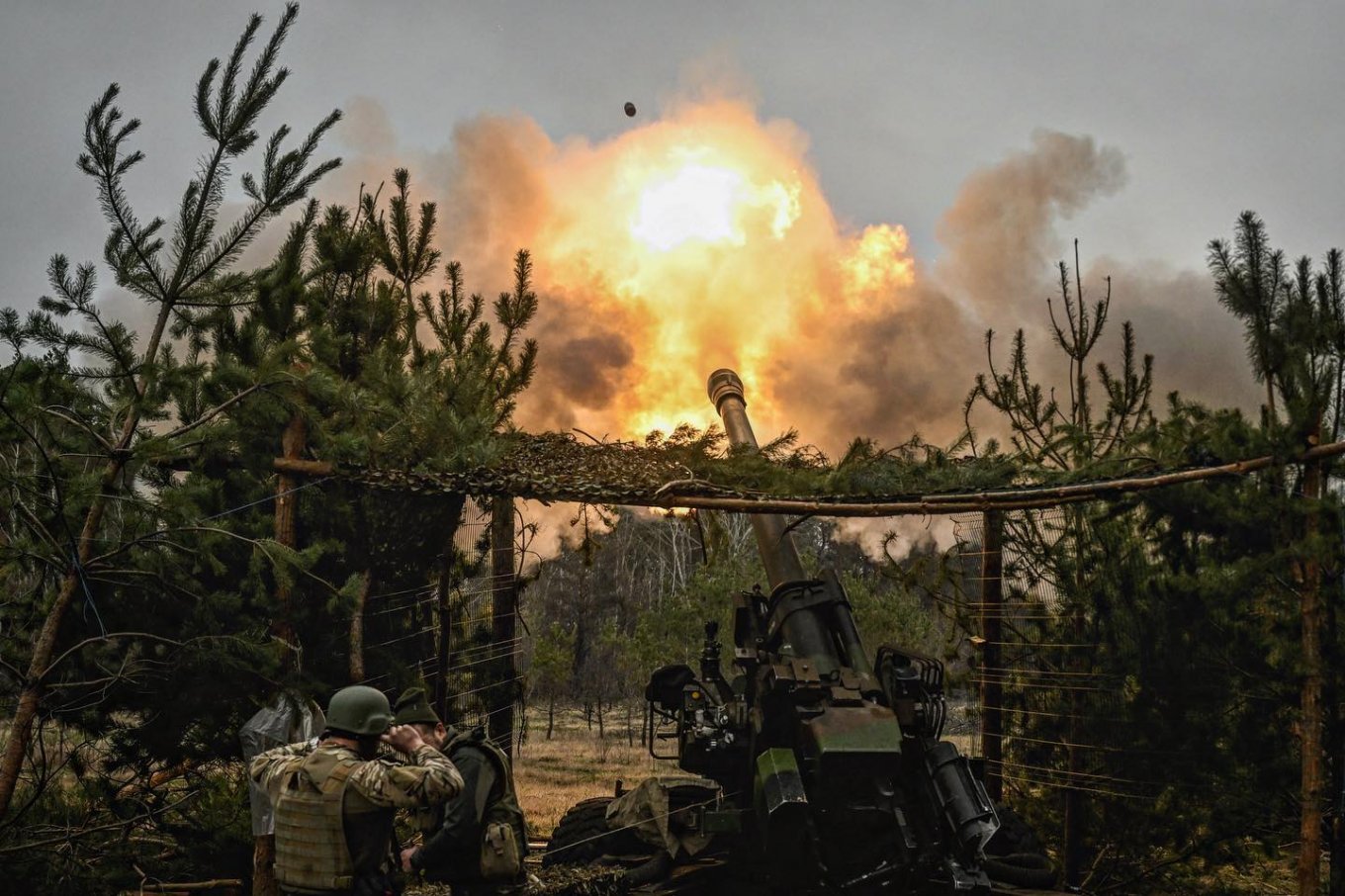
The attempt to take the capital of Ukraine during the battle for Kyiv in February-April 2022 applying this doctrine ended in ultimate failure. This failure stimulated the occupiers during the battles for Severodonetsk and Lysychansk to switch to the Syrian tactics. Which turned out to be resource-consuming for the enemy, not only in terms of losses, but also in the time spent on the assault.
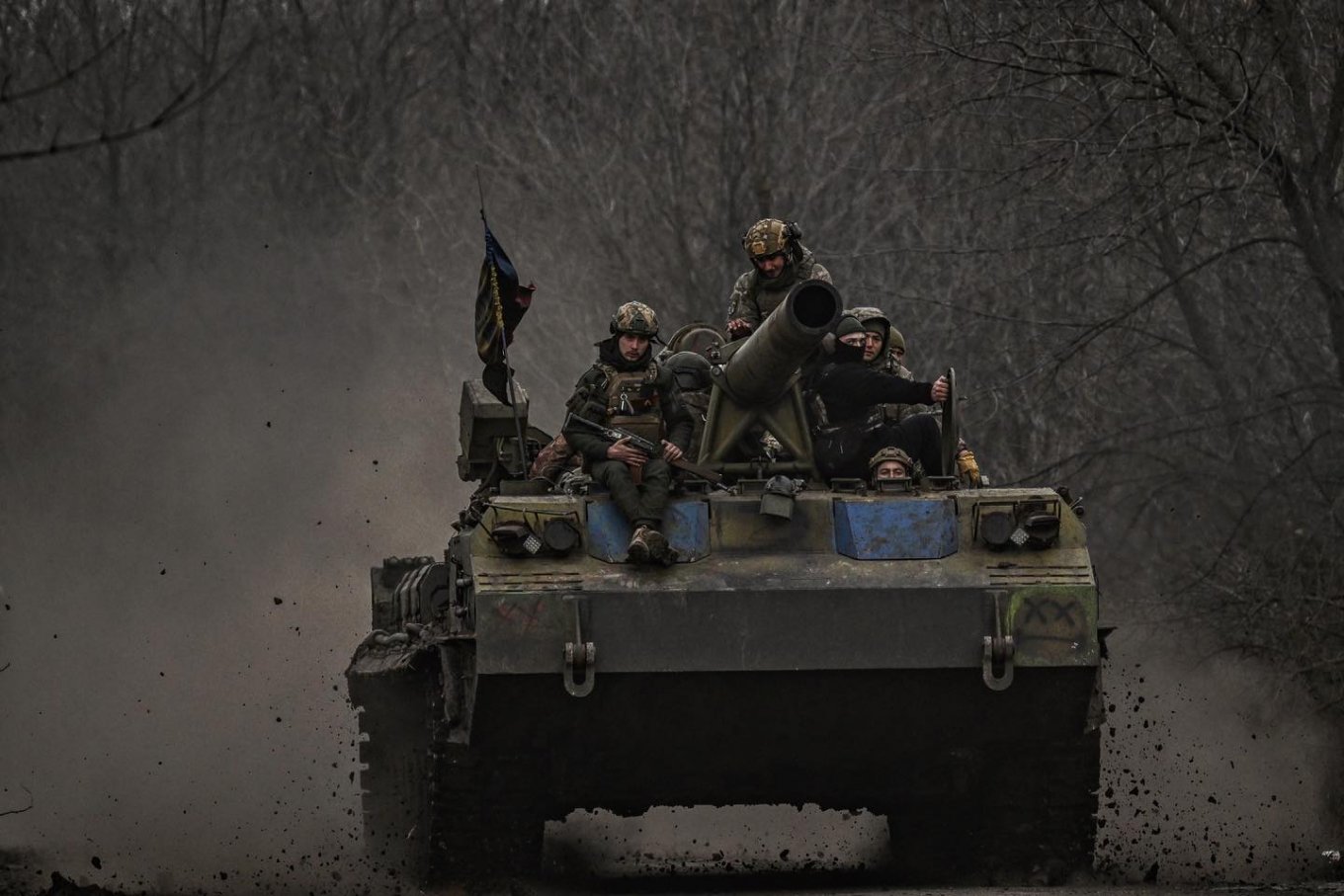
The duration of the battle of Bakhmut already surpasses all known examples from the history of the Second World War, and examples of "meat grinders" from the WWI are unlikely to be relevant anymore. But here we can make the following comparison: as of the beginning of January 2023, enemy losses reached about 50 thousand KIA. As of now, this figure could grow by at least 10 thousand if not more. Aad this despite the fact that that for the storming of the same Mariupol, the occupiers used a group of "only" 30,000 servicemen.
Read more: The 4th Rare russian Reconnaissance UAV Was Downed by the Air Force Command Center






